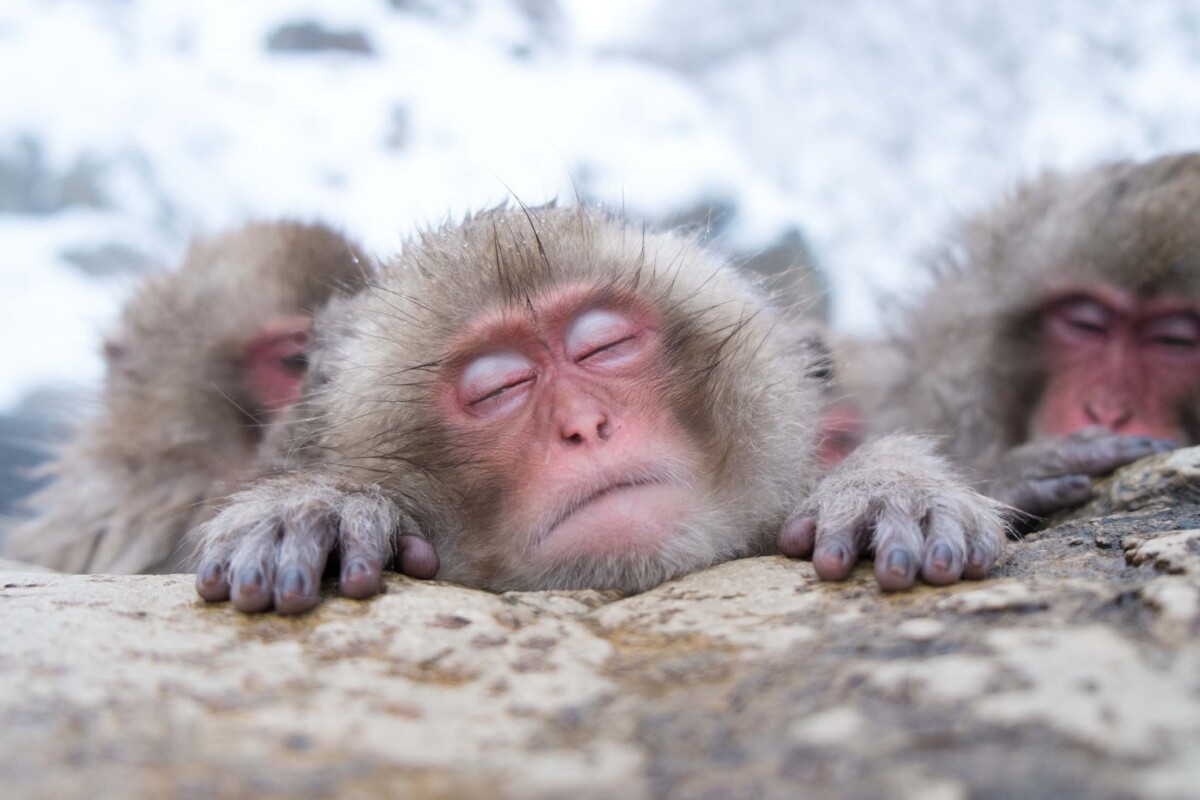
Budo Beat 12: Brass Monkeys Cold, Samurai Bold
The “Budo Beat” Blog features a collection of short reflections, musings, and anecdotes on a wide range of budo topics by Professor Alex Bennett, a seasoned budo scholar and practitioner. Dive into digestible and diverse discussions on all things budo—from the philosophy and history to the practice and culture that shape the martial Way.
It’s cold enough to freeze the… ‘tail’ off a brass monkey in Japan right now. And yet, across the country, at the most unholy hours of the morning, budo practitioners are shaking off sleep and stepping onto dojo floors for kan-geiko, a tradition that traces its roots back to kan-gyō and kan-shugyō, the harsh ascetic winter practices of Shintō and Buddhism. Conducted in the coldest months before dawn, this was never about escaping the chill but confronting it head-on, an exercise in mental fortitude rather than mere technical refinement—the time-honoured winter training that reminds us all why hot showers were invented.
Way before most normal people are hitting snooze and fantasising about a hot latte and a croissant so buttery it ought to come with legal counsel, martial arts students are wrestling with the creeping dread of pre-dawn and bracing themselves for the grindstone of pure, unfiltered physical travail. Still, there’s a particular beauty in that first moment when bare feet meet frozen wooden floors—an experience that transcends mere discomfort and veers thrillingly close to self-inflicted madness. But those who endure it understand: kan-geiko is more than just training; it’s a duel with complacency. Every budoka should experience it at least once [a year], if only to marvel at the sheer absurdity of willingly embracing conditions that would make a penguin file for relocation.
Since the old days, budo training has deliberately taken place during the harshest times of the year—both in the searing heat of shochū-geiko (mid-summer training) and the bone-rattling cold of kan-geiko. The idea is simple: hardship builds character. Or, to put it less like a motivational poster and more like hard-won truth—if you can survive this, then every other training session is a casual stroll through a flower garden by comparison. Beyond the self-discipline, beyond the resilience, something else happens—technique sharpens, spirit hardens, and somewhere in the layers of sweat and frost, you find a version of yourself that’s just that little bit stronger.
That said, modern medical studies have raised questions about kan-geiko‘s effectiveness beyond the psychological boost. While it certainly builds temporary endurance, apparently the effects tend to fade after three months. (See one such article here).
Worse, the sheer physical and mental stress it imposes has been shown to alter sympathetic nervous activity in ways that aren’t always positive. According to research, university kendo club members frequently come down with upper respiratory infections right before or during kan-geiko. I’ve seen this happen many times at weeks-long university kan-geiko training camps—one person sneezes, and suddenly half the dojo is down for the count. Viruses, as we all know, spread like wildfire, and kan-geiko often feels like the ideal petri dish. Thankfully, these days, students have abandoned the noble tradition of ignoring fevers, buckets of phlegm, and soldiering on to their own and everybody else’s detriment. Oh, how times have changed.
In any case, there are perceived benefits, and it has long been an integral part of martial training. Hirayama Gyōzō (1759–1829) was one of those late Edo-period samurai seemingly sculpted out of sheer willpower and an irrationally strict training regime. The founder of the Kōbu Jitsuyō-ryū school of swordsmanship, he didn’t just dabble in martial disciplines—he pursued them with the relentless focus of a man trying to outwork time itself, leaving lesser warriors fumbling in his wake. Kenjutsu, spear, jūjutsu, iaijutsu, gunnery, swimming, horsemanship—you name it, he excelled at it. He was a voracious reader as well. When tired of reading, he would take a cold-water bath to dispel his lethargy. Until the age of 61, it is said, he slept on the dirt floor without using bedding.

Hirayama Gyōzō (Shiryū). Either a very big sword or a samurai of the Shire. (Kyoto University Museum)
Records suggest that although he was built closer to the ground than most, he carried a sword so long it belonged on a siege engine. His training was uncompromising. Legend has it that as a seven-year-old, he apparently decided that slumber was for the weak. While the rest of his family lay blissfully unaware, he would sneak out and run alone for five miles up the mountain path to Iga-Kofuji. To him, hardship wasn’t a miserable inconvenience—it was rocket fuel.
Later, he was ‘known’ for strolling about with an iron staff weighing “250-kan” (which, if you’re wondering, is over 900kg, or roughly one and a half grand pianos… yeah, right). It was more likely 2.5-kan, but the sound of it striking the ground reportedly carried for miles, which must have been a delightful experience for anyone within earshot. Whatever else might be said about him, one thing is certain—a man like that wasn’t losing sleep over the temperature outside.
The following poem of his captures the kind of attitude that set him apart.
“The heat of summer, the cold of winter—what are they to me? If I think of them as friends spurring me on…”
It kind of reminds me of an old kendoka I encountered in my late teens at the Shūbukan dojo in Itami. This particular relic of human endurance had a tradition of his own—he would douse his kendo-gi in water the night before each kan-geiko session and leave it outside the dojo. By morning, it was frozen solid. He would then put it on, presumably to test whether his spirit was stronger than hypothermia. I remember watching in awe, somewhere between admiration and the quiet realisation that sanity is a flexible concept.
This, in essence, is what kan-geiko and its opposite, shochū-geiko, are about. The thrill of overcoming, the exhilaration of wiping away sweat that pours like a waterfall, the satisfaction of standing in a dojo in the early hours and knowing you didn’t take the easy way out.
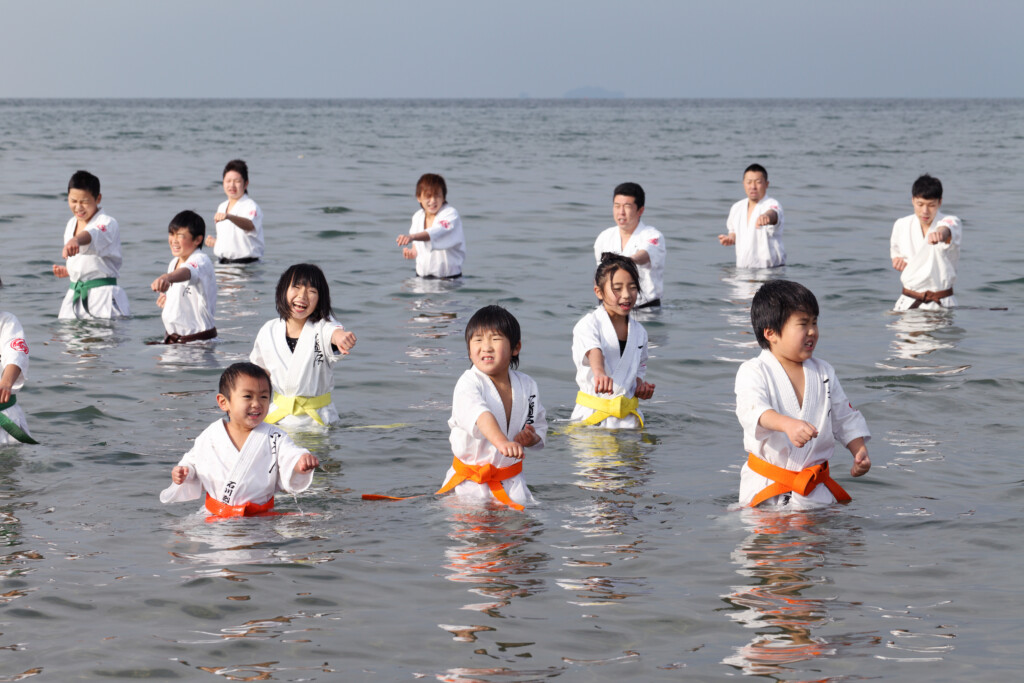
For those who train, winter’s bite and summer’s blaze are not enemies but allies—partners in forging something greater than strength: the unshakable will to keep going. That said, even the toughest warriors need a modicum of common sense. The best kan-geiko isn’t about blindly flinging yourself into the cold like some frostbitten nutcase—it’s about knowing when to push, when to hold steady.
My first trip of two to Sweden in 2019 had nothing to do with ABCD. I was invited there to participate in the famous Skellefteå kan-geiko. Part of the ‘fun’ invovles running outside to train for about 5 minutes in the snow. From memory it was around minus 20 degrees C. You can’t stand still because you stick to the ground! Thank goodness for saunas.
There’s a strange exhilaration in stepping into the dojo before dawn, breath fogging in the frozen air, feeling like a background character in a fever-dream samurai epic. Hell may never actually freeze over, but kan-geiko comes alarmingly close to proving otherwise. Sensibility is fine, but sometimes, you just have to embrace the lunacy, march through the deep freeze of despair, and let the cold sculpt you into something sharper. If hell ever does freeze over, don’t be surprised if a group of budoka are already there, steam rising from their drenched dogis ready to bow in, having already bowed out.
Kan-geiko is a reminder that hardship is temporary, but the strength it builds stays with you. The mind adapts, the body follows, and with each session, you chip away at the parts of yourself that doubt, hesitate, or give in too soon. You step off the dojo floor a little tougher, a little braver, and with a deeper understanding of what it means to push past limits—not only in training, but ultimately in life. As I was told by a kan-geiko junkie over a cup of hot sake the night before, “Kan-geiko isn’t about proving how much hardship you can take; it’s about discovering that you are always capable of doing just a little bit more.” And that realisation, far more than the cold, is what truly leaves a lasting mark. As does the feeling of intense contentment when it’s all over.
See you soon my crazy Swedish mates.






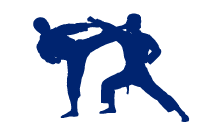






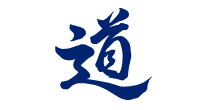
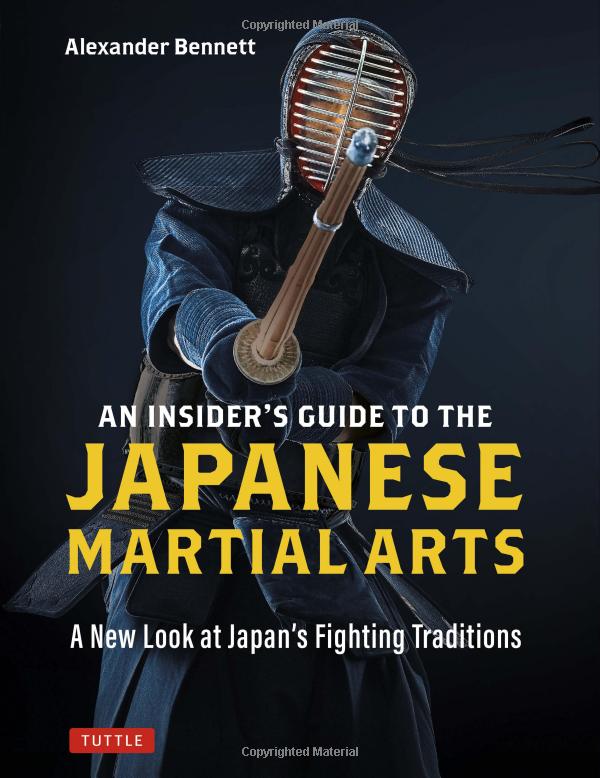
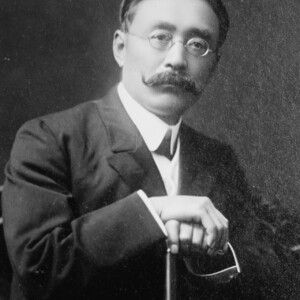
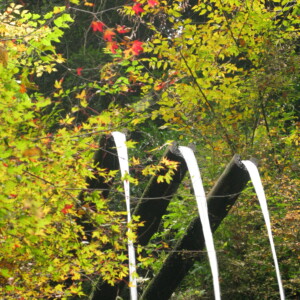
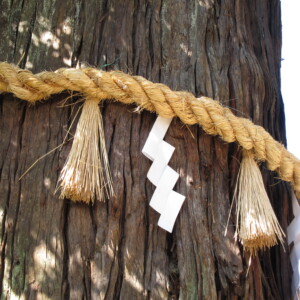
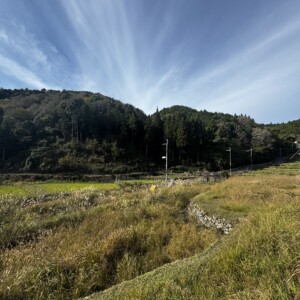
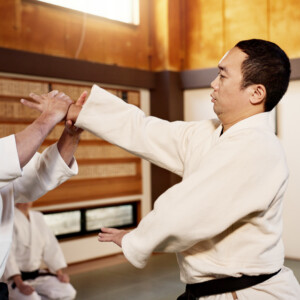
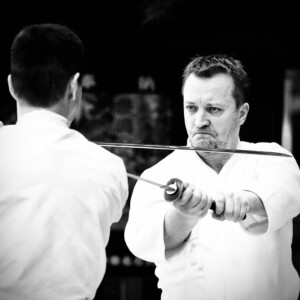
No comments yet.